Quantum Matters
Leading scientists from The University of Chicago, University of Pittsburgh, Princeton University, University of Texas at Austin, and Argonne National Laboratory have founded this forum to exchange ideas and results on quantum matters relevant for future electronics, spintronics, and quantum informatics.
Our Team
Prof. Shuolong Yang: Pritzker School of Molecular Engineering, The University of Chicago
Prof. Jeremy Levy: Department of Physics, University of Pittsburgh
Prof. Biao Lian: Department of Physics, Princeton University
Prof. Keji Lai: Department of Physics, University of Texas at Austin
Prof. Peter Littlewood: Department of Physics, The University of Chicago
Dr. Anand Bhattacharya: Materials Science Division, Argonne National Laboratory
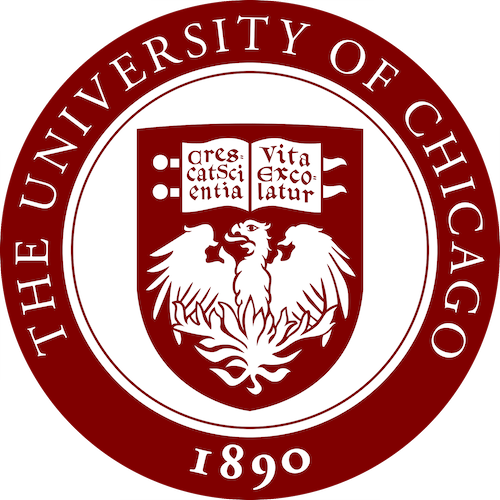
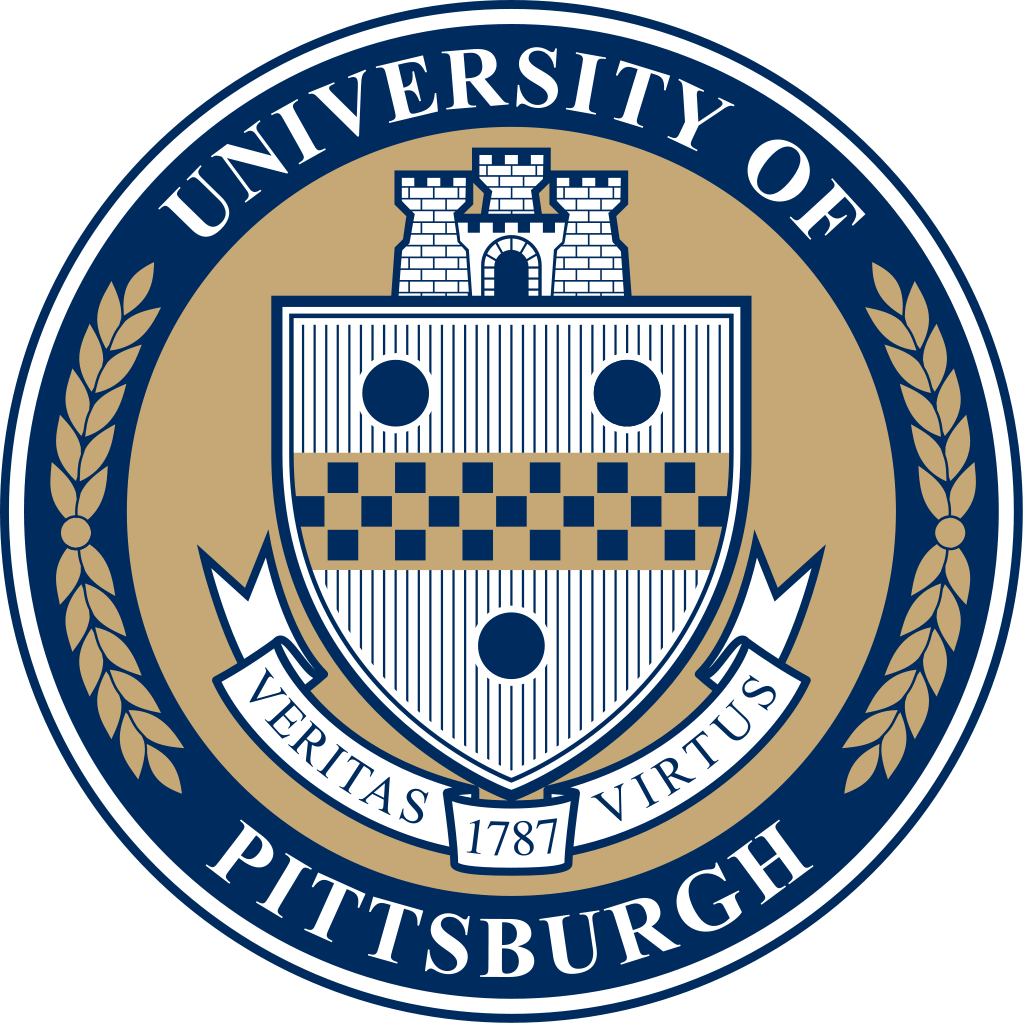
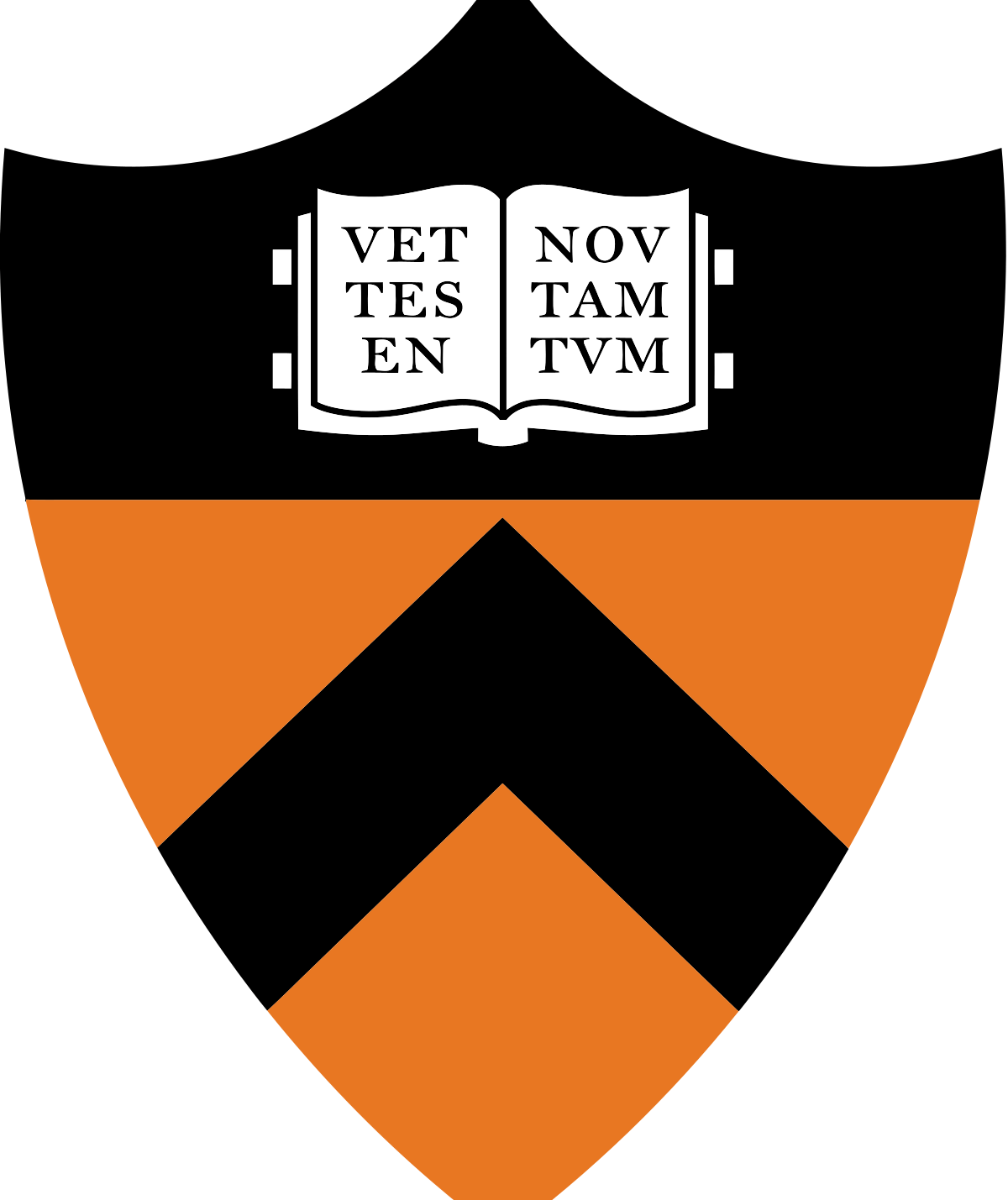
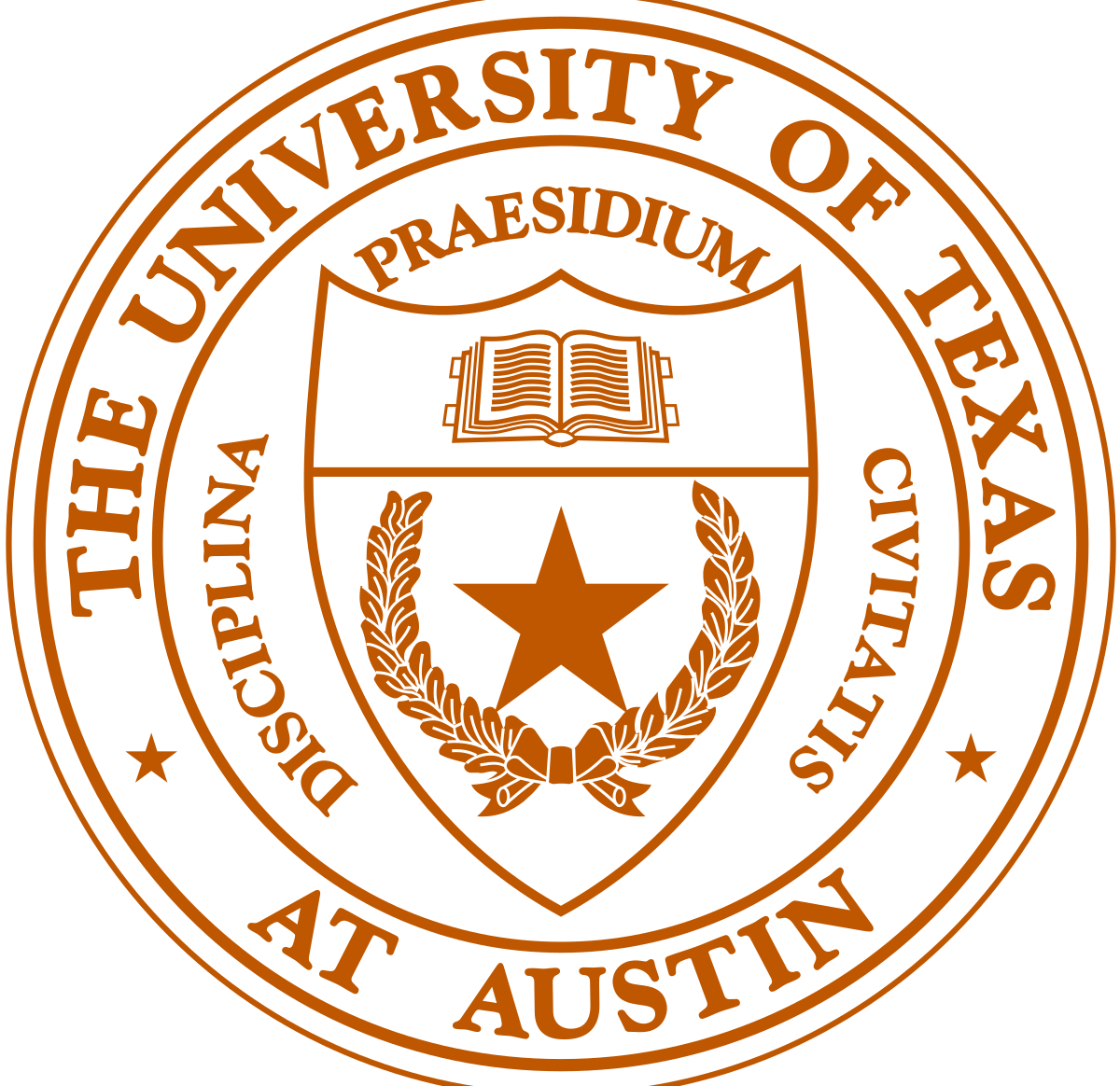
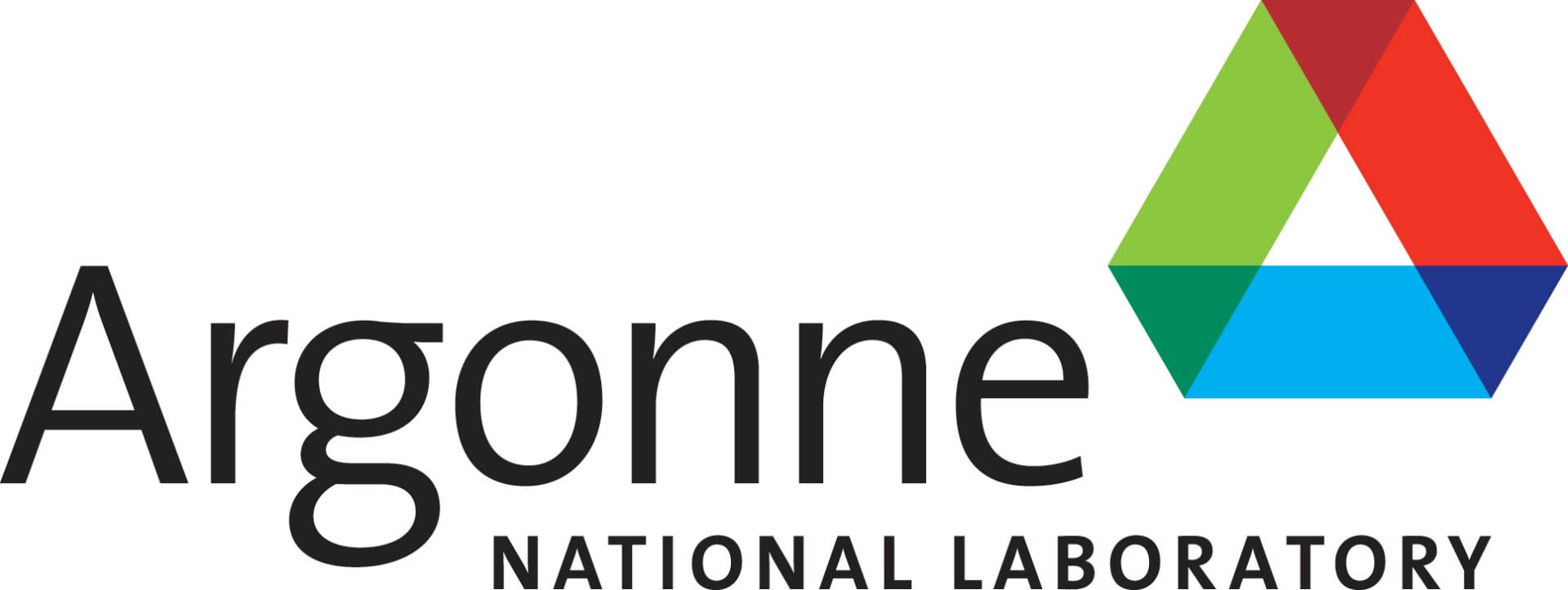
Schedule
Date: February 18, 2022
Speaker: Prof. Keji Lai, University of Texas at Austin
Register for a Zoom link here.
Title: Microwave Microscopy of Topological Acoustics
Abstract: Topological phononics offers numerous opportunities in manipulating elastic waves that can propagate in solids without being backscattered. Due to the lack of nanoscale imaging tools that aid the system design, however, acoustic topological metamaterials have been mostly demonstrated in macroscale systems operating at low (kilohertz to megahertz) frequencies. In this talk, I will discuss the realization of gigahertz topological valley Hall effect in nanoelectromechanical AlN membranes. Propagation of elastic wave through phononic crystals is directly visualized by microwave microscopy with unprecedented sensitivity and spatial resolution. The valley Hall edge states, protected by band topology, are vividly seen in both real- and momentum-space. The robust valley-polarized transport is evident from the wave transmission across local disorder and around sharp corners, as well as the power distribution into multiple edge channels. Our work paves the way to exploit topological physics in integrated acousto-electronic systems for classical and quantum information processing in the microwave regime.
Date: March 25, 2022
Speaker: Dr. Anand Bhattacharya, Argonne National Lab
Register for a Zoom link here.
Title: Clues about the origins of superconductivity at KTaO3 interfaces
Abstract: Superconductivity forms out of the condensation of Cooper pairs of electrons. The mechanism by which Cooper pairs are created in non-conventional superconductors is often elusive because experimental signatures that connect a specific pairing mechanism to the properties of superconducting state are rare. The recently discovered superconducting oxide-insulator/KTaO3 interface may offer clues about its origins. Here we observe distinct dependences of the superconducting transition temperature Tc on carrier density n2D for electron gases formed at KTaO3 (111), (001) and (110) interfaces. For the KTaO3 (111) interface, a remarkable linear dependence of Tc on n2D is observed over a range of nearly one order of magnitude. Further, our study of the dependence of superconductivity on gate electric fields reveals the role of the interface in mediating superconductivity, which also allows for a reversible electric switching of superconductivity at T = 2 K. We found that the extreme sensitivity of superconductivity to crystallographic orientation can be explained by Cooper pairing via inter-orbital interactions induced by the inversion-breaking transverse optical (TO1) phonons and quantum confinement. This mechanism is also consistent with the dependence of Tc on n2D at the KTaO3 (111) interface. Our study may shed light on the pairing mechanism in other superconducting quantum-paraelectrics.
Date: June 3, 2022, 2-3 PM CT
Speaker: Prof. Peter Littlewood, The University of Chicago
Register for a Zoom link here.
Date: June 17, 2022, 4-5 PM CT
Speaker: Prof. Jeremy Levy, University of Pittsburgh
Register for a Zoom link here.
Date: July 29, 2022
Speaker: Prof. Shuolong Yang, The University of Chicago
Register for a Zoom Link here.
